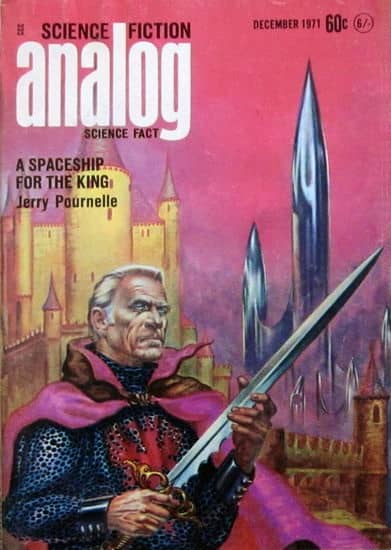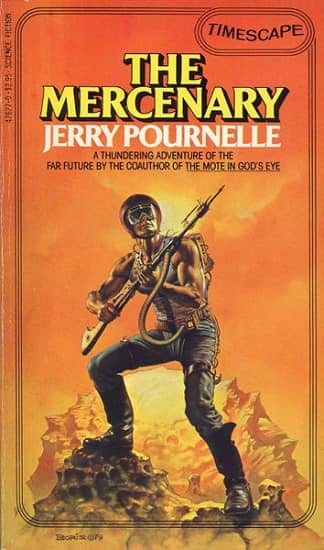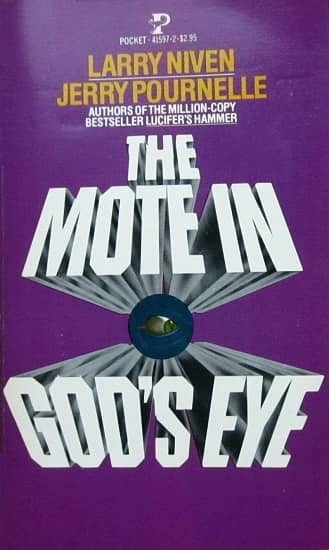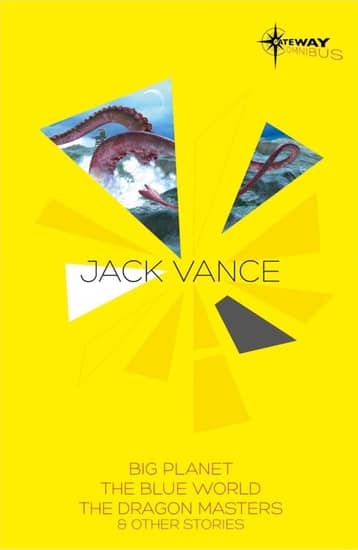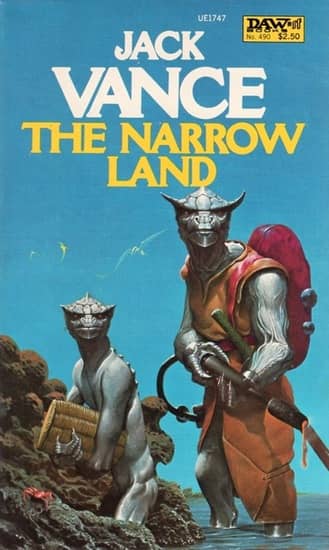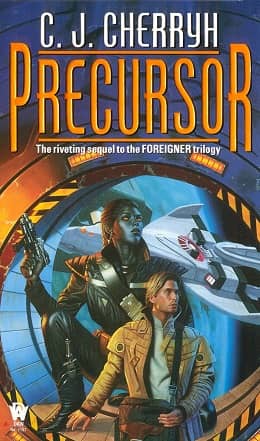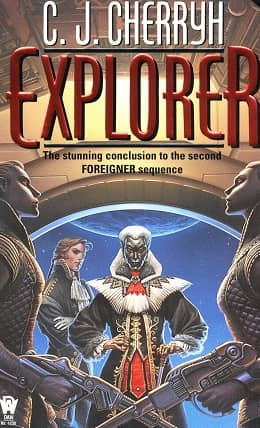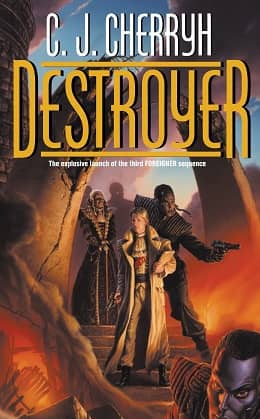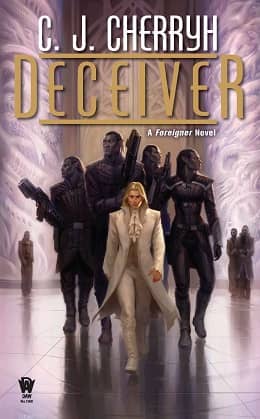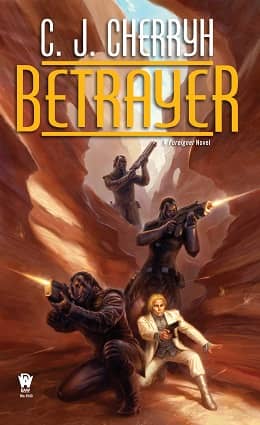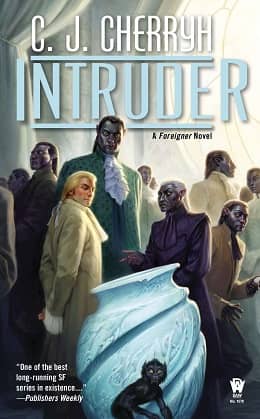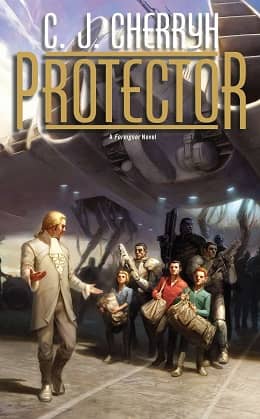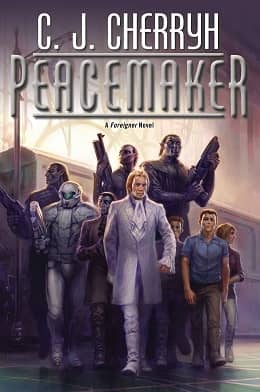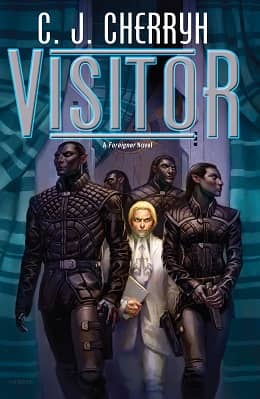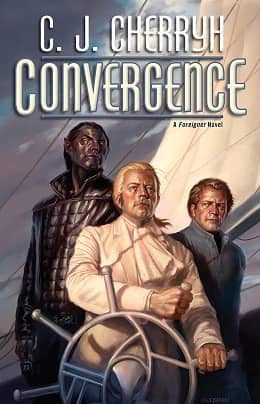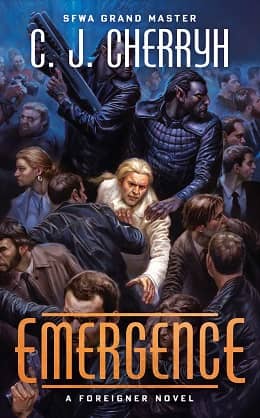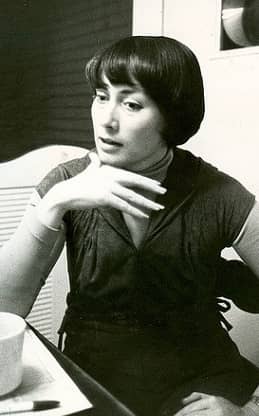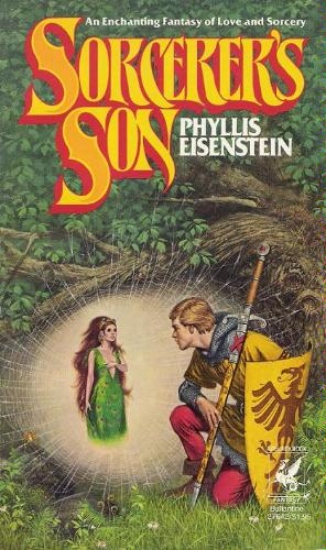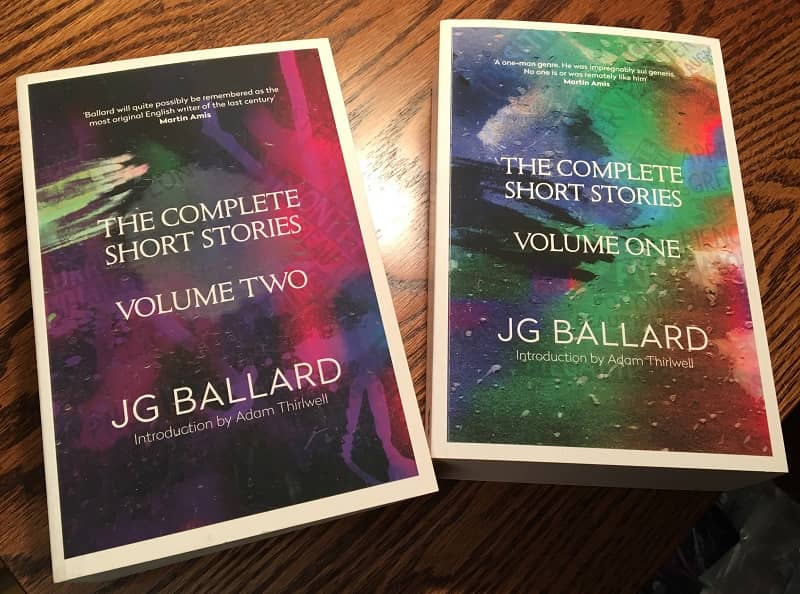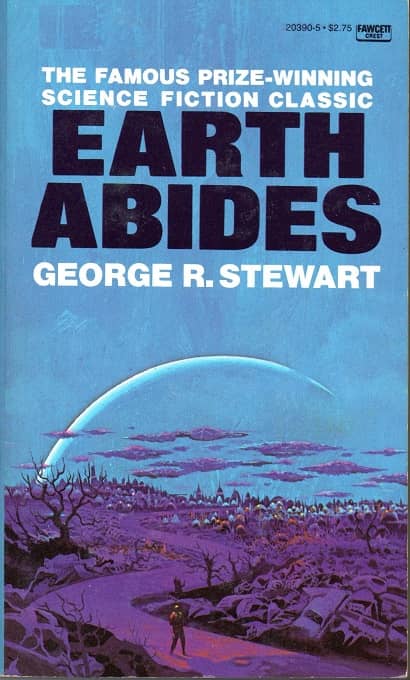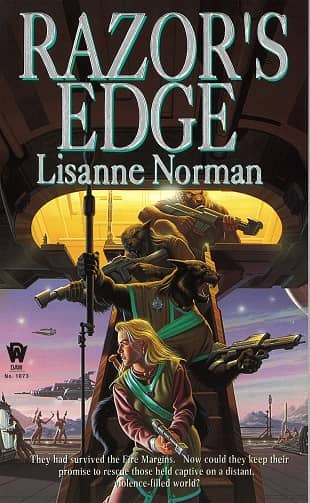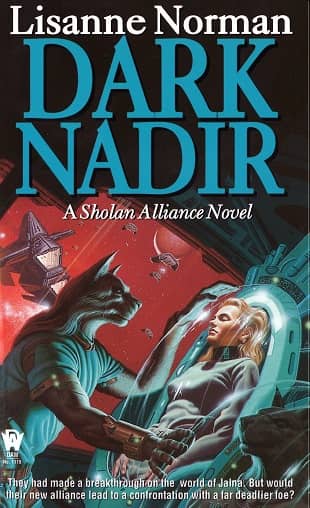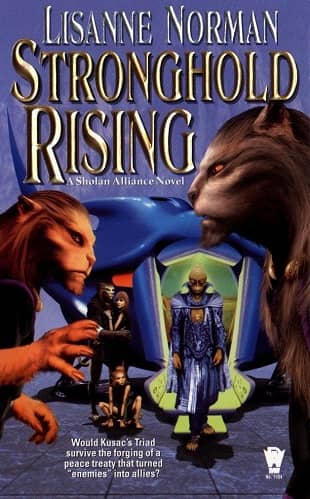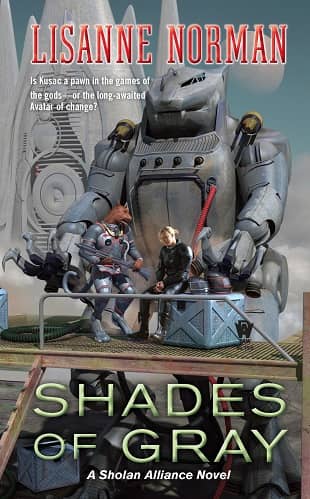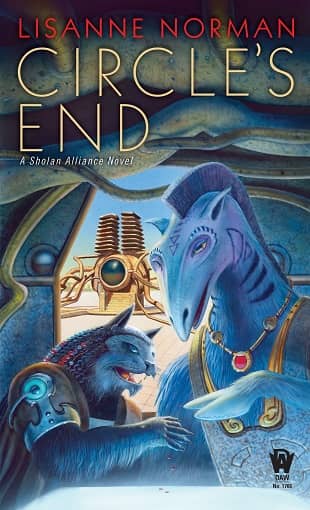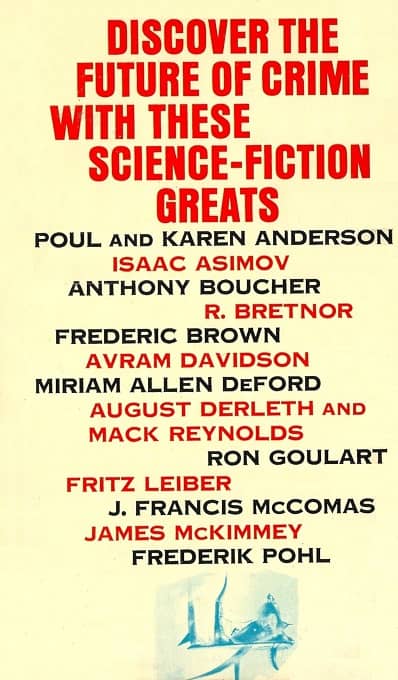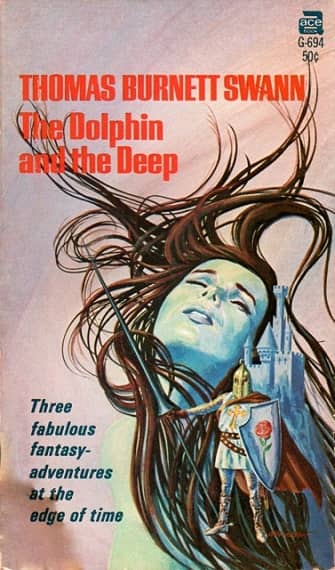Vintage Treasures: Classic Science Fiction: The First Golden Age, edited by Terry Carr
 |
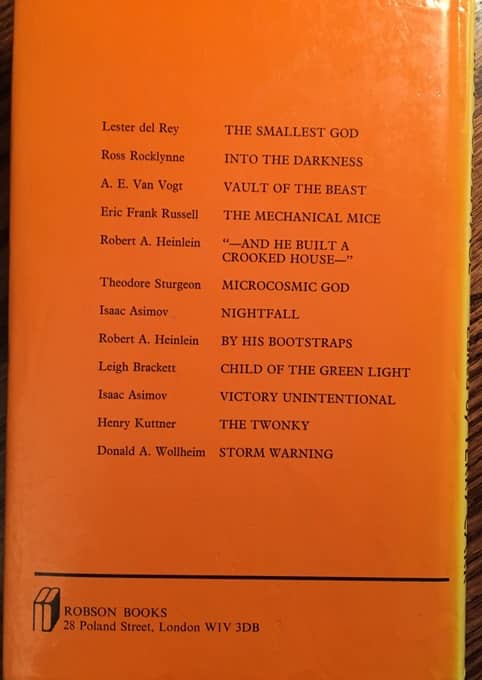 |
Terry Carr may be my all-time favorite editor. His Creatures From Beyond (1975) was one of the very first SF anthologies I read in Junior High, and the sixteen volumes of The Best Science Fiction of the Year he produced remain a high water mark for the genre. Carr died in 1987, at the too-young age of 50, but I still read his books with enormous pleasure today.
It may be a sign of age (mine, not Carr’s), but I usually associate him with modern science fiction. So I was a little surprised to discover his anthology Classic Science Fiction: The First Golden Age, which collects a dozen stories published in pulp magazines in 1940-41. This is not an easy book to find; it had a single hardcover printing from Harper & Row in 1978, a UK reprint from Robson a year later, and then promptly vanished. There’s been no paperback, no reprint since 1979, and no digital version. If I hadn’t stumbled on a copy on Amazon through blind luck back in 2011, I probably still wouldn’t know this book existed.
I love pulp SF, so it’s always nice to get a new selection of Golden Age tales, especially from an editor with Carr’s eye. Here he includes a handful of classics, like Asimov’s “Nightfall,” Kuttner’s “The Twonky,” and Heinlein’s “By His Bootstraps,” and “–And He Built a Crooked House–,” but also stories I’ve never seen before, like Lester del Rey’s “The Smallest God,” Ross Rocklynne’s “Into the Darkness,” and Leigh Brackett’s “Child of the Green Light.”
But even more interesting than that, at least for me, is Carr’s lengthy editorial material exploring the history of SF’s Golden Age, the major personalities involved, and the stories behind the fiction. Easily 20% of this book (some 90 pages) is written by Carr, and he draws from a great many sources, including a lot of personal correspondence and interviews, to tell some fascinating anecdotes and illuminate the surprising history of some of the greatest science fiction ever written. This is a book that belongs in every serious library of pulp SF, alongside The Science Fiction Hall of Fame, Asimov’s Before the Golden Age, and Healy and McComas’ Adventures in Time and Space.
